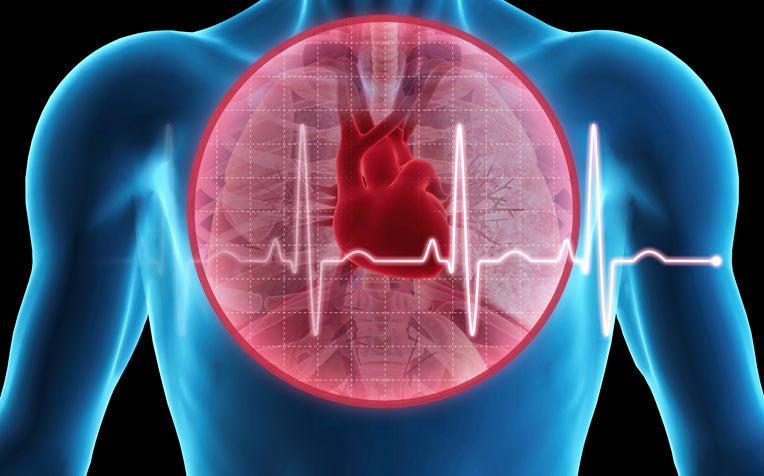
Coronary artery disease (CAD) - Treatment options available and their pros and cons.
Coronary artery disease (CAD) is usually discovered when the person experiences chest pain (angina) or suffers a heart attack. There are three treatment options for CAD:
- Medical treatment,
- Coronary angioplasty and
- Coronary artery bypass graft surgery
How do doctors decide which treatment option to use? Read on to find out.
What is coronary artery disease (CAD)?
CAD is due to a build-up of plaque inside the coronary artery. The plaque narrows the artery and eventually impacts the blood supply to the heart. It can present in two ways with very different prognosis and treatment:
- Stable angina, where patients only get symptoms on exertion.
- Acute coronary syndrome, where symptoms occur even at rest, resulting in a heart attack.
“All patients with CAD should receive baseline medical treatment, which consists of medication and lifestyle modifications that aim to control symptoms and risk factors,” says Adj Assoc Prof Aaron Wong, Head and Senior Consultant from the Department of Cardiology at National Heart Centre Singapore (NHCS), a member of the SingHealth group.
Coronary artery disease (CAD) treatment: Medicine
Medication can include aspirin and statins, which have been found to reduce the incidence of heart attack and death. Diabetes, high blood pressure and high cholesterol are important risk factors that need to be addressed.
“If symptoms are not well controlled with medication, or in the case of certain high-risk patients such as those with acute coronary syndrome, we can consider coronary angioplasty or a coronary bypass,” adds Adj Assoc Prof Wong.
Coronary artery disease (CAD) treatment: coronary angioplasty
Coronary angioplasty, also known as percutaneous coronary intervention or PCI, involves threading a thin tube into the clogged artery through a blood vessel in the leg, arm or wrist. A tiny balloon is then inflated to force the blocked artery open, allowing blood to flow through it. A stent, or mesh tube, is placed in the artery to keep it open. The procedure is performed under local anaesthesia.
PCI is associated with a relatively lower risk and faster recovery than coronary bypass surgery, an open heart surgery. However, the artery can narrow again despite the stent.
Go to the next page to learn about coronary bypass surgery (CABG).
Ref: R14
Contributed by















 Get it on Google Play
Get it on Google Play